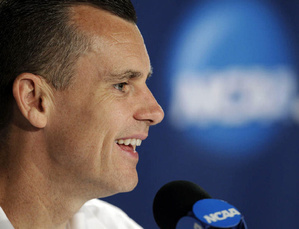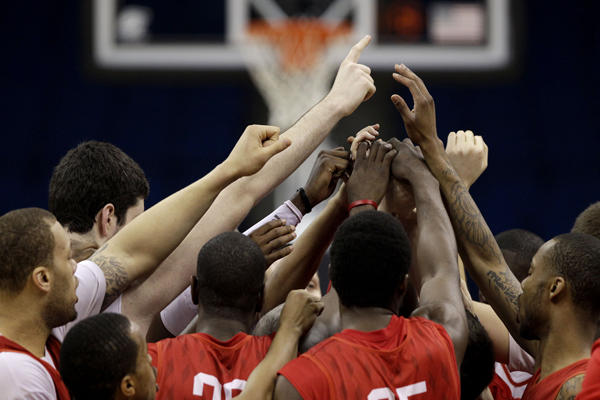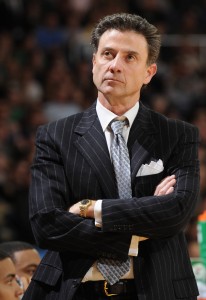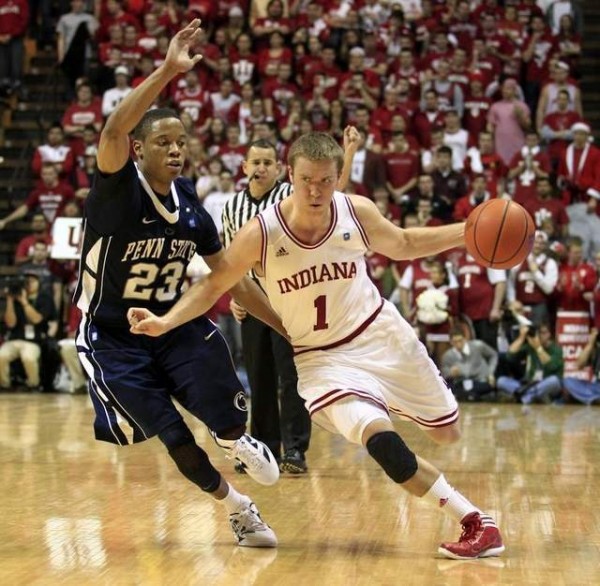Big East NCAA Tournament Capsules: Georgetown Hoyas
Posted by mlemaire on March 22nd, 2013The Hoyas surpassed everyone’s expectations this season and won a share of the Big East regular season title and the No. 1 overall seed in the Big East Tournament where they lost in the semifinals to Syracuse. The Hoyas were in contention for a No. 1 seed before losing to Villanova down the stretch and not reaching the title game in the conference tournament. Instead the selection committee rewarded their excellence with a No. 2 seed in a winnable region and a first-round date with the Eagles and their rabid fan base.
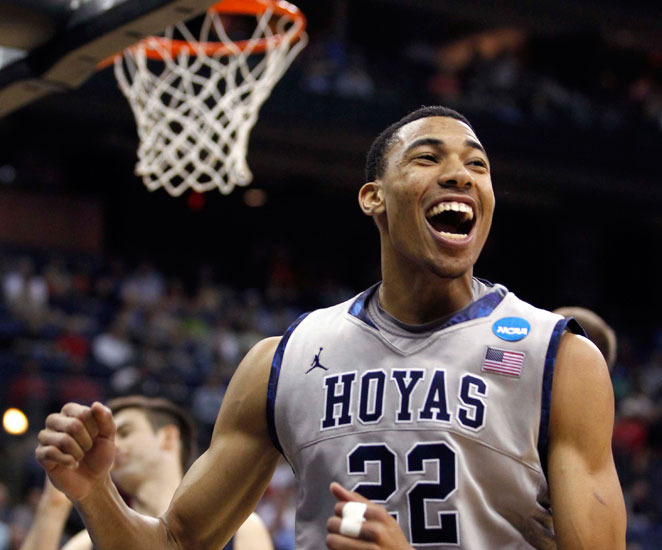
It doesn’t take a basketball expert to understand Otto Porter’s importance to Georgetown (M. Sullivan/Reuters)
Region: South
Seed: No. 2
Record: 25-6 (14-4 Big East)
Matchup: v. Florida Gulf Coast University in Philadelphia
Key Player: Let’s face it, to call anyone other than Otto Porter the key player for the Hoyas would be forcing it as the athletic sophomore is the at the center of the team’s success this season. Porter is a first-team All-American, the team’s leading scorer (16.3 PPG) and rebounder (7.4 RPG) and three-point shooter (42.7 3PT%) who just so happens to be capable of defending multiple positions well to boot. He might be the most important player in the entire tournament if you consider what type of team Georgetown would be without him. As long as he plays as well as he did during conference play, the Hoyas should make a run, and if he rises to the occasion and turns it up another notch, well the rest of the South Region and the bracket better look out. Read the rest of this entry »






























